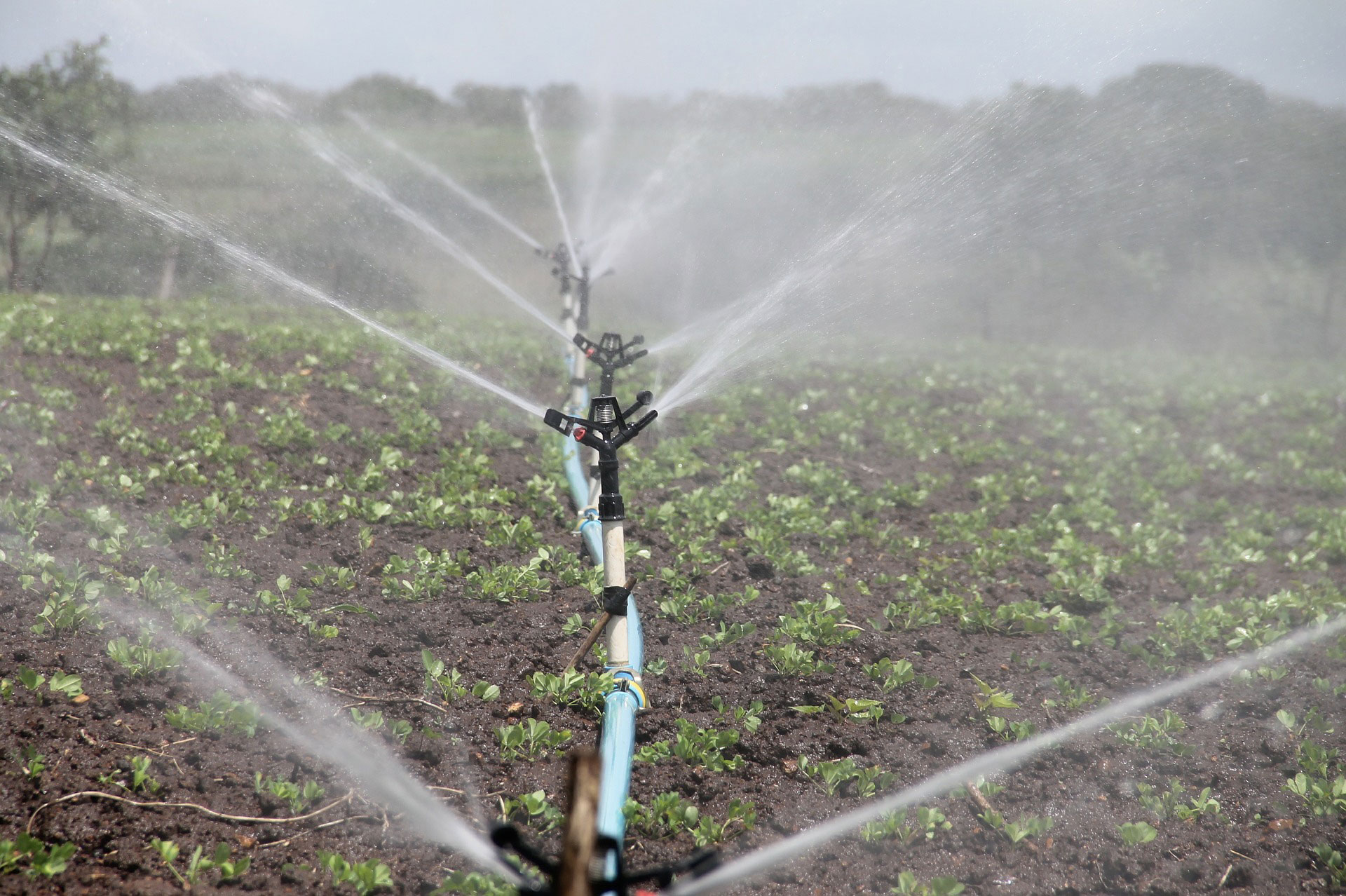Why California’s growers should invest in water efficiency now
The 2016-17 rain and snow season will long be remembered by California farmers. Not only did it end the five-year drought, it did it in historic fashion. Parts of the Sierra Nevada received nearly twice as much snow as the annual average. Atmospheric rivers fueled by the weather phenomenon known as El Nino drenched the state from November through the spring.
Bone-dry reservoirs that experts said would take years to fill because of the drought were brimming by April. The world’s tallest dam in Oroville breached its emergency spillway in February, forcing 200,000 people downstream near the Feather River to evacuate. Flooding was widespread in other parts of the state.
In the big picture, however, all that water was a good thing – especially for agriculture. Thirsty fields, vineyards and orchards soaked in all the rain. Fallowed acreage was brought back into production. And groundwater supplies that were stressed by widespread pumping during the drought began to be replenished.

But Mother Nature is fickle.
As wet the beginning of last winter was, this one is just as dry. A La Nina weather pattern has pushed storms well into Pacific Northwest, bypassing California for weeks.
And while the interconnected system of public and private reservoirs has enough stored water to satisfy the state’s 2018 needs, the prospect of another dry year is worrisome – especially to farmers.
Last month, the state Department of Water Resources projected it would deliver only 15% of the water promised growers next year. That’s bad news for the thousands of farmers on the west side of the San Joaquin Valley who rely on the State Water Project. By comparison, the 2017 allocation was 85%.
Federal water managers – who control the Central Valley project – haven’t announced their projections yet. You can bet they won’t match the 100% allocations delivered this year.
Modernizing their irrigation delivery systems to maximize water efficiency is an important investment growers can make that can pay dividends for years to come. One way to accomplish that is to install an irrigation system from Aqua4D Water Solutions.
Aqua4D’s proven technology has helped farmers in 25 countries reduce water consumption between 20% and 30% annually. At the same time, yields and crop quality have measurably improved.
Tech-savvy California growers currently are testing the Aqua4D system, with expectations for similar results here.
Many benefits of the Aqua4D system
Aqua4D’s system uses an electromagnetic system to treat water before it is applied to fields, vineyards or orchards. The science is complex, but the results are immediate:
- Water emerges that has been permanently transformed. It looks the same, but its characteristics are ideal for plants and the soil.
- Measureable reductionsin soil salinity often can be seen in less than a month with continuous use of the system. Salt and other mineral crystals gradually are dissolved and transported by the treated water below the rhizosphere, allowing for sustainable cultivation.
- Positive plant reaction is swift. Application of the Aqua4D water changes the way a plant behaves, allowing it to better absorb water and the elements within it in the proper amounts.
In addition, the Aqua4D system:
- Treats surface water or groundwater supplies
- Adapts to virtually all drip or sprinkler irrigation systems
- Reduces fertilizer application up to 30%
- Requires no maintenance, no lost water, and no brine or other leftovers to manage
- Has no magnets or filters to replace, and no dangerous chemicals to handle
- Uses only a small amount of electricity and can be solar-powered
- Provides a quick ROI as crop yields go up while labor and production costs often are reduced
On every level, using less water makes practical business sense.
Growers eager for an ecological and sustainable solution that won’t reduce yields or affect crop quality should contact Walter Thut at +1 559 66 9099 or thut@aqua4d.com.


